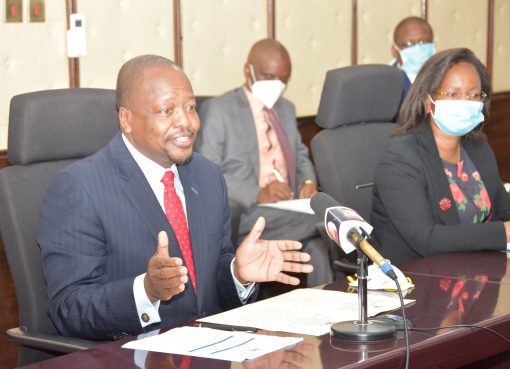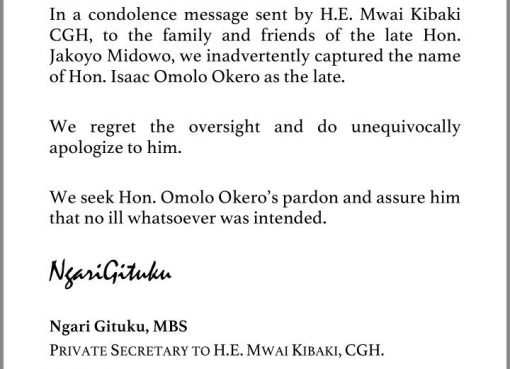Land prices in Nairobi’s satellite towns grew at the slowest pace since June 2023 as a tough economic environment stifled demand, land price indices for the fourth quarter of 2024 by HassConsult have shown.
The average cost of an acre of land in satellite towns rose by 1.9 per cent in the period, down from 3.02 per cent in the previous quarter and is the slowest rate of expansion since the 1.22 per cent seen six quarters ago.
According to a press release sent to news rooms, 9 out of the 14 towns tracked, recorded a deceleration in price, led by Thika and Mlolongo, where the price fell from 6.3 percent and 6.6 percent in the third quarter to 0.9 percent and 1.1 percent, respectively, in the fourth quarter.
Kiambu with -0.3 and Ngong at -0.2 per cent recorded negative growth, while a decline from 4.9 to 3.2 per cent in Ruiru was notable, a similar case to Syokimau dropping from 4.8 to 3.4 percent while Kiserian prices stood at 2.00 down from 4.7percent.
Head of Development Consulting and Research at HassConsult Sakina Hassanali noted that satellite towns have in previous quarters seen impressive growth driven by both private and commercial property developers, but a tough economy, which came with job losses, and high interest rates have impacted would-be land buyers.
Further, Hassanali explained that periods of economic uncertainty and slowing GDP growth could have led to some developers putting off decisions to acquire land, thus reducing demand, which drives prices higher.
“It also shows that the infrastructure-led price boost in areas such as Thika, Kiserian, Mlolongo, and Syokimau is starting to wane, given the sharp price jumps of previous quarters,” she added.
Meanwhile, the increase in prices in the suburbs remained steady at 1.7 per cent, compared to an increase of 1.6 per cent in the third quarter.
Suburb price gains were led by Parklands (3.4 per cent), Upperhill (3.3 per cent), Spring Valley (3.1 per cent), and Kileleshwa (3.0 per cent).
By Michael Omondi





